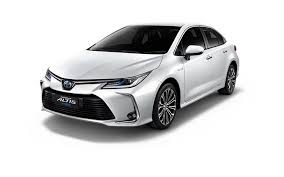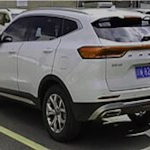The name Corolla needs no introduction. It’s not just a car, it’s an icon in the automotive market. Toyota Corolla dates back to the time when there were no fancy schmancy sedans. Corolla was a trademark of comfort and style. Till this day, Corolla stands its ground in the big pool of sedans. Let’s have a look at the history of Toyota Corolla, where it came from, what changes it went through over the years, and where does it stand today.
1st Generation:
The first generation Toyota Corolla, introduced in November 1966, was a 5-seat, 1-liter compact sedan. It was positioned between the Publica and the Corona and marked a significant step in Toyota’s history, becoming the most successful model they produced. This generation was a key driver of motorization in Japan, alongside the Datsun Sunny 1000.
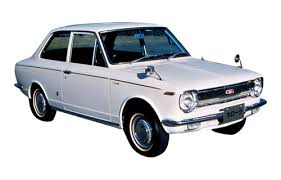
2nd Generation:
The 2nd generation Toyota Corolla (E20) was a larger, more spacious car than its predecessor, introduced in May 1970. It featured a “coke bottle styling,” a longer wheelbase, and improved suspension. The E20 introduced a new coupe variant and offered a wider range of body styles, including sedans, coupes, and a 4-door van. The cabin also saw improvements with high-backed front seats and integrated headrests.

3rd Generation:
The third-generation Toyota Corolla, released in 1974, known for its larger body and improved safety features, particularly in response to stricter emission and collision safety standards. This generation also saw the Corolla achieve global recognition as the best-selling car in the world, surpassing even the Volkswagen Beetle.

4th Generation:
The fourth-generation Toyota Corolla, released in March 1979, was a significant step forward with a more linear design, extended wheelbase, and a wider range of body variations. This generation maintained the front-engine, rear-wheel-drive (FR) layout, but extended the wheelbase by 30mm and the front and rear treads, creating a more spacious interior and improved handling. The fourth generation was also the last to use the K “hicam” and T series engines, and fuel injection was introduced as a cost option.
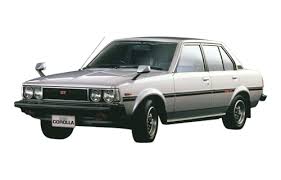
5th Generation:
The 5th generation Toyota Corolla, released in May 1983, represented a significant shift from front-engine, rear-wheel drive (FR) to front-engine, front-wheel drive (FF). This generation, known as the E80 series, also saw the introduction of the “AE86” model, which became a legendary car known for its 4A-G 1.6-liter DOHC engine and rear-wheel drive. The AE85 and AE86 were the last Corollas offered in the FR layout.
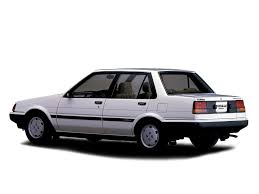
6th Generation:
The 6th generation Toyota Corolla (E90), released in May 1987, aimed to elevate the car’s perceived status, offering a more refined and global high-quality sedan experience. This generation featured a more rounded and aerodynamic design, a move away from the older, more angular styles. It also saw the introduction of front-wheel drive on most models, along with a few AWD All-Trac options. The E90 Corolla was available in various trim levels and with a range of engines, including the 1.3-liter 2E, 1.6-liter 4A-F, and the powerful 1.6-liter 4A-GE, as well as a supercharged 4A-GZE model.
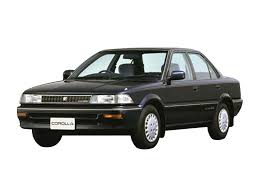
7th Generation:
The seventh-generation Toyota Corolla, introduced in 1991, marked a significant step forward in both size and quality, transitioning from a subcompact to a compact-sized vehicle. This generation, known as the E100, was larger and heavier than previous models, with a more aerodynamic, rounded design. It also saw the introduction of the “high-mecha twin cam” engine, which became a popular choice for Toyota cars.
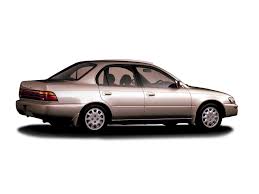
8th Generation: of Toyota Corolla
The 8th generation Toyota Corolla, known as the E110, introduced in May 1995 and marked a shift towards a more environmentally friendly, safe, and cost-effective car. This generation featured a redesigned exterior with a rounder look, a new 1.8-liter DOHC aluminum-body engine, and a focus on reducing weight, with some models achieving a 50kg reduction.
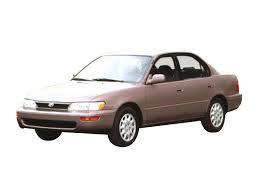
9th Generation: Toyota Corolla
The 9th generation Toyota Corolla, known as the E120/E130, debuted in Japan in August 2000 and sold in various markets like Japan, Australasia, Europe, the Middle East, and Southeast Asia. It was characterized by a more modern, edgy design and introduced new technologies. The E120 version followed by the E130, which introduced in North America and featured a slightly different look, similar to the Corolla Altis sold in Southeast Asia.. Production of the Corolla E120/E130 ended in Japan in 2007, but it continued in North America until 2007 and in China until 2017.
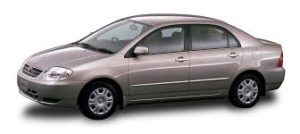
10th Generation:Toyota Corolla
The 10th generation Toyota Corolla (E140) a popular sedan and estate model that produced from 2006 to 2013. In Japan, it known as the Corolla Axio (saloon) and Corolla Fielder (estate). The 10th generation Corolla is available in 5 variants Xli, GLi, Altis, 2.0D and 2.0D Saloon in Pakistan. Production of the 10th generation Corolla in Pakistan lasted for 7 years, from 2008 to 2015

11th Generation:Toyota Corolla
The 11th generation Toyota Corolla (E170/E180 series) known for its reliability, practicality, and fuel efficiency, making it a popular choice in the used car market, according to CarBuzz and mywheels.pk. It was sold internationally from 2013 to 2024 and has been manufactured in Pakistan since 2014. The 11th gen Corolla has undergone two facelifts, one in 2017 and another in 2021, with the 2025 modifactions in the Altis X 1.6 Special Edition being minor, according to Pakwheels.

12th Generation:Toyota Corolla
The 12th generation Toyota Corolla (E210) is a compact car introduced in 2018, featuring sedan, hatchback, and estate (station wagon) configurations. This generation also includes a high-performance model, the GR Corolla, based on the hatchback. Sales of this generation have seen significant growth.
